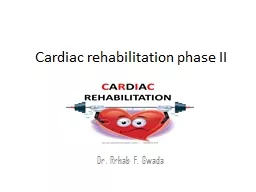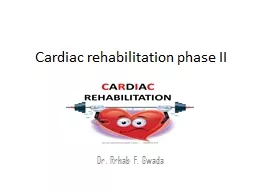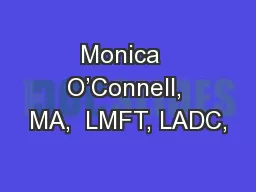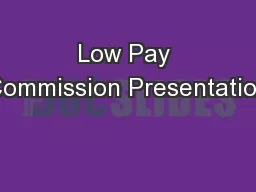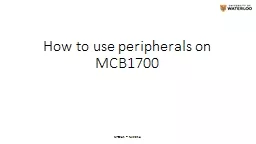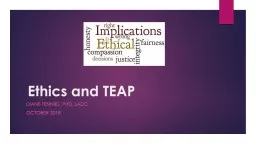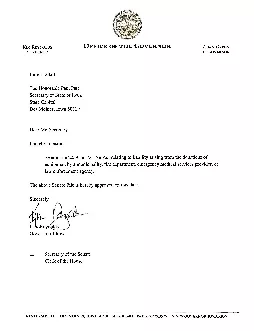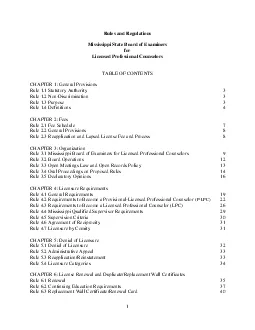PPT-Kim Poslick , MHR, LPC, LADC
Author : debby-jeon | Published Date : 2018-09-20
Coordinator Alcohol amp Substance abuse center Oklahoma State University KIMPOSLICKOKSTATEEDU 405 7442818 Current Trends in Alcohol amp Substance Abuse on the College
Presentation Embed Code
Download Presentation
Download Presentation The PPT/PDF document "Kim Poslick , MHR, LPC, LADC" is the property of its rightful owner. Permission is granted to download and print the materials on this website for personal, non-commercial use only, and to display it on your personal computer provided you do not modify the materials and that you retain all copyright notices contained in the materials. By downloading content from our website, you accept the terms of this agreement.
Kim Poslick , MHR, LPC, LADC: Transcript
Download Rules Of Document
"Kim Poslick , MHR, LPC, LADC"The content belongs to its owner. You may download and print it for personal use, without modification, and keep all copyright notices. By downloading, you agree to these terms.
Related Documents


